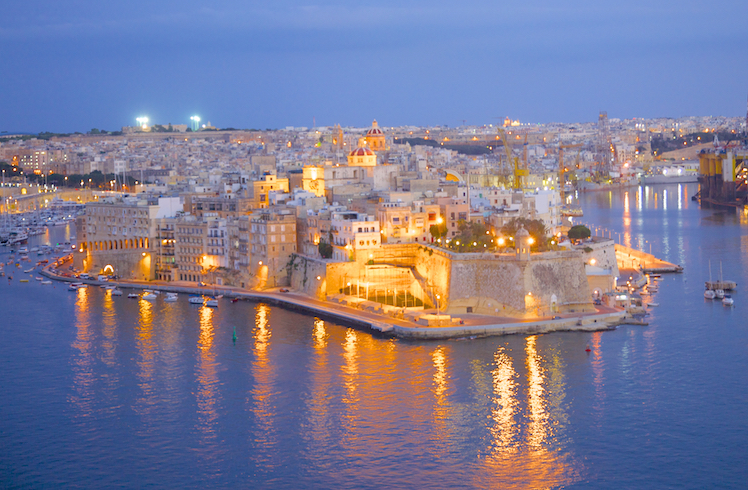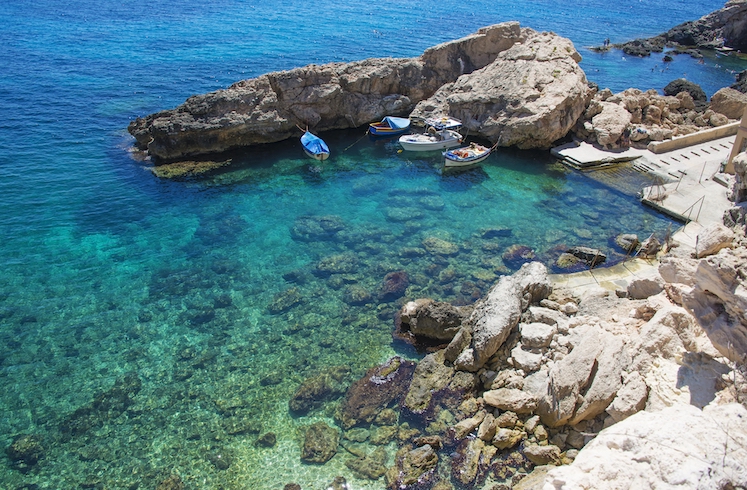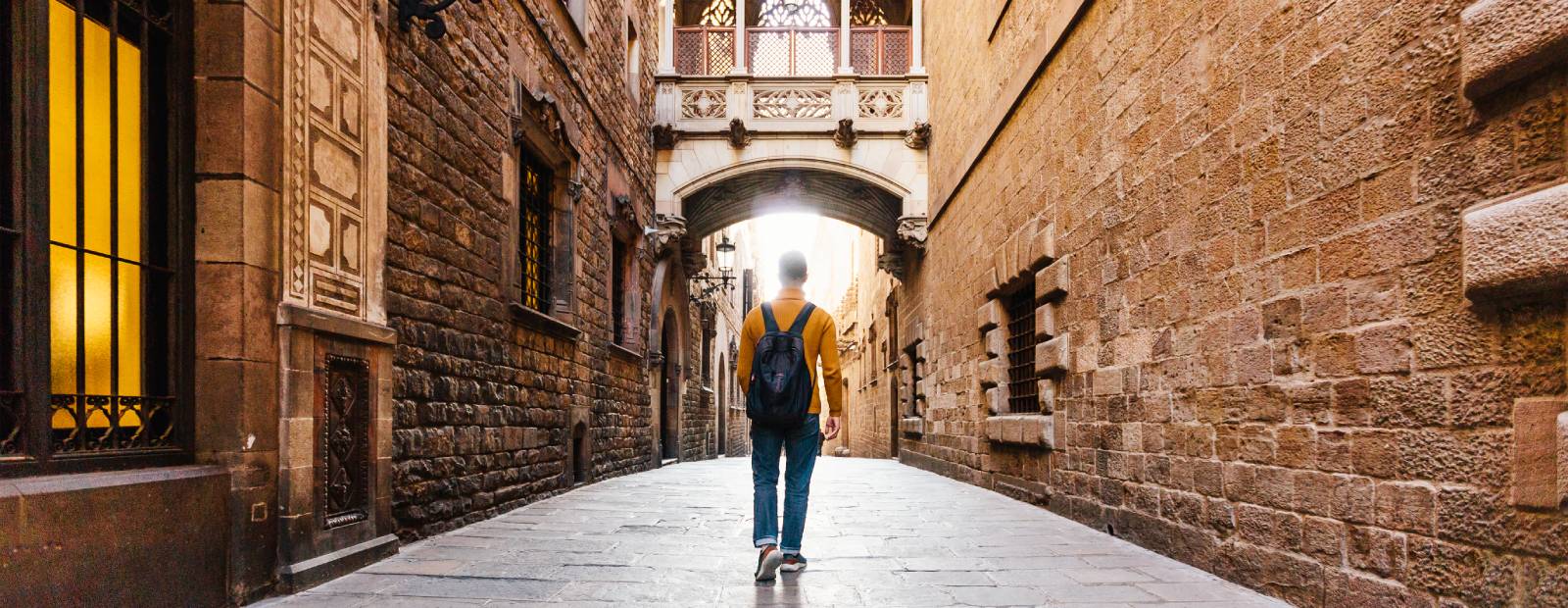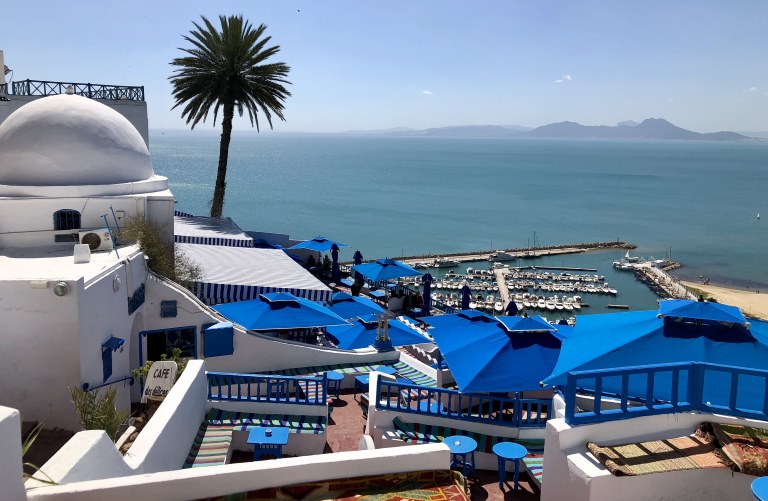Is Malta Safe? 4 Essential Travel Tips for Visitors
This island nation is a jewel in the Mediterranean Sea, between Sicily and North Africa. Here's how to explore it safely.
 Photo © Getty Images/Barry Winiker
Photo © Getty Images/Barry Winiker
- Crime in Malta
- Climate and weather
- Getting around
- Driving in Malta
- Swimming in Malta
- Emergency contacts
This archipelago nation, known for rich history and culture, is made up of seven small islands. Generally crime-free, here are a few tips to help you navigate Malta safely.
Crime in Malta
Malta is generally a very safe place to visit, but like anywhere with visitors, bag-snatching, pickpocketing and other petty crime can occur particularly in nightclubs, on the beach and at markets and transport hubs. Thieves might also target ATMs and parked cars.
Thieves target people using ATMs. Theft from parked cars occurs.
Pickpocketing may occur on popular bus routes including those from Sliema, St. Julian's and Paceville to Valletta.
Use normal common sense in regard to your belongings and when withdrawing money from ATMs.

Climate and weather
Malta has a lovely Mediterranean climate with a daily average of around 12 hours of sunshine during summer which tends to be hot and dry, but with cool sea breezes. Winters are mild, with short cold spells brought by the north and north-easterly winds from central Europe.
Swimming in the sea in the sea is possible well into the winter months, and the peak beach season can last until late October.
The average temperature during the year is a pleasant 18°C, with January averaging a slightly lower temperature of 12°C, and the peaking to an average of 30°C in July and August.
Spring is the ideal time to visit the Maltese islands to avoid summer heat.
Getting around
Malta’s islands are small and easy to get around. Public buses are a convenient and cheap way to travel around, with plenty of sightseeing opportunities along the way.
Visit the Malta Public Transport website to plan your journey.
There are ferries between the islands. The Gozo Channel ferry service links Cirkewwa, Malta to Gozo, and takes about 20 minutes each way.
A ferry service from Valletta, Malta to Gozo takes around 45 minutes each way. There are also regular boat services between each island and Comino.
Driving in Malta
Driving around Malta is a great way to explore at your own pace. In 2019, there were 16 road deaths in Malta. This equates to 3.2 road deaths per 100,000 of population (compared to the UK average of 2.6 road deaths per 100,000). There are plenty of car rental options so be sure to compare prices to get the best deal and always use a reputable company. You must be at least 21 to rent a car, and drivers under 25 may incur a surcharge. Driving is on the left-hand side of the road (like in the UK) and speed limits are usually signposted. Where there is no sign, national limits apply:
- 80 km/h on the open road and
- 50 km/h in built-up areas.
For more information, you can contact Transport Malta by sending an email to info.tm@transport.gov.mt.
Swimming in Malta
During the summer, most beaches are patrolled by lifeguards and operate flag safety systems. Make yourself aware of the flag system and follow any warnings; red flags mean dangerous or hazardous conditions. Always swim within designated swimming zones and be cautious if there are no lifeguards, flags or signs. Follow local advice if jellyfish are present.
You can find more information and a general code of conduct for beaches in Malta on the Malta Tourism Authority website.
Emergency contacts
For police, fire service and emergency medical service dial 112. These calls can be made from any phone and are free of charge.
For local police information click here.
Related articles
Simple and flexible travel insurance
You can buy at home or while traveling, and claim online from anywhere in the world. With 150+ adventure activities covered and 24/7 emergency assistance.
Get a quote

No Comments